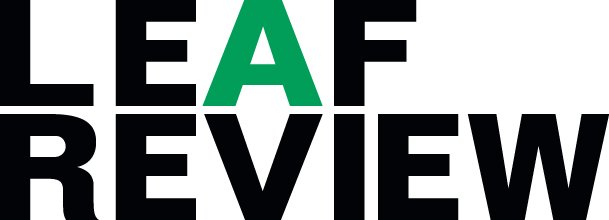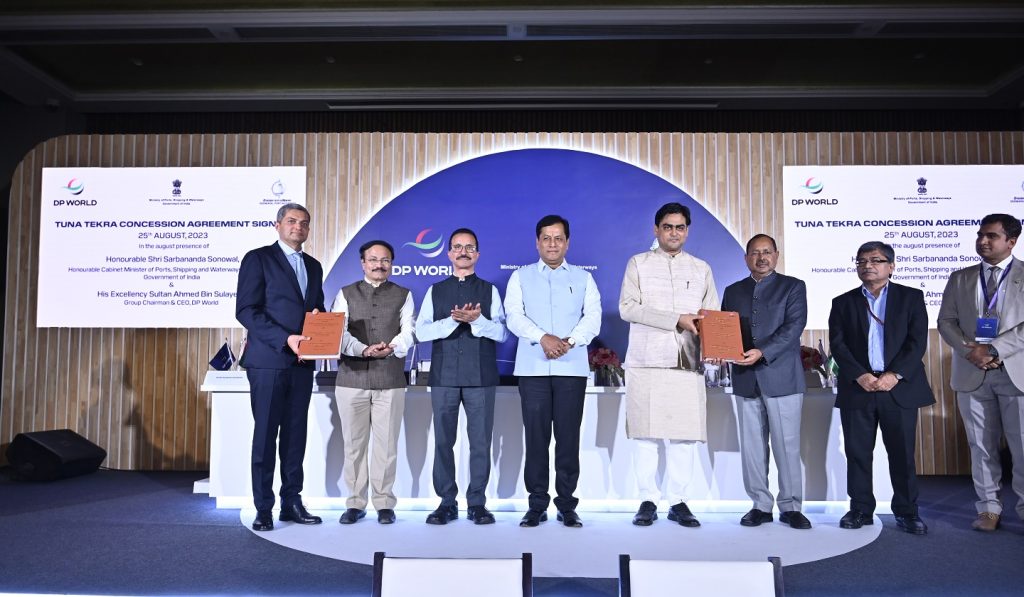In 2011, less than ten years after its formation, Aedas was declared the largest practice on the planet, with 1,500 architectural employees among its staff. In a troubled economic environment, and challenging time for the construction industry, the news seems counterintuitive. But Aedas’ rise reflects a wider trend: the emergence of the super practice, a new breed of unfashionable multinational behemoths that don’t entice the media attention of established ‘starchitects’, yet boast an unprecedentedly bulging and diverse portfolio of offices, projects and styles.
What does their success tell us about the state of the market and the motivations of those holding the purse strings? One popular interpretation is that corporate and public clients have become more risk-averse and see safety in scale. Where this leaves young, small practices looking to enter the international arena is just one of the questions arising from such a shift and, if young talent is being muscled out, what are the longer-term permutations for our built environment?
Wary of growth
Paris-based Dorell.Ghotmeh.Tane/Architects (DGT) is a young boutique practice, and Lina Ghotmeh, one of its three partners, would be happy to see its size double to 30, but fears that any bigger and the practice would have to "abide by strict rules of design, productivity, efficiency and hierarchy in order for it to persist".
"At some point," she continues, "these factors overflow the creative aspects of architecture as well as the uniqueness of each intervention."
Aedas is some hundred times bigger than DGT, but London-based CEO David Roberts doesn’t think size stifles creativity. "We believe our scale offers an efficient infrastructure that frees up our designers to concentrate on the creative process. Also, the number of designers and breadth of experience throughout the practice allows an exchange of ideas, which supports the creative process." Roberts describes the 32 worldwide Aedas offices as "rooted in their local communities" in Europe, the Middle East and Asia.
See Also:
The autonomy of corporate local offices is evidence that smallness can increase open-thinking and bigness stifle creativity. At least that’s how co-founding partner of Plasma Studio Holger Kehne feels. "It is proven by the fact that larger corporations have strategies to bring down their scale and form smaller subgroups in order to perform," he says.
How well do you really know your competitors?
Access the most comprehensive Company Profiles on the market, powered by GlobalData. Save hours of research. Gain competitive edge.

Thank you!
Your download email will arrive shortly
Not ready to buy yet? Download a free sample
We are confident about the unique quality of our Company Profiles. However, we want you to make the most beneficial decision for your business, so we offer a free sample that you can download by submitting the below form
By GlobalDataPlasma started in London in 1999 and now has three partners and ten project architects, although Kehne acknowledges that it shares resources with its sister company Groundlab, a landscape urbanism studio. With offices in London, Italy and Beijing, Plasma already has as many bases as far larger firms, such as Renzo Piano’s RPBW, with offices in Paris, Genoa and New York.
From the Centre Pompidou to London’s Shard, Piano’s tireless inventiveness has established the 74-year-old Italian as one of the world’s greatest architects, and, with about 150 people, his firm’s size is logarithmically halfway between Plasma or DGT and Aedas. He says the right size ultimately means being "big enough to do whatever you want".
"Then you become like one of those people who doesn’t change weight," he continues. "A good metabolism. You don’t suffer from getting thinner or fatter; you have great continuity." Piano refers to his ten partners and 15 associates as "the rock upon which we base the office – a secret of why we’re doing well".
But in an increasingly globalised environment, how does size relate to a global marketplace? Aedas started in 2002 when young Hong Kong practice LPT approached mid-sized UK practice Abbey Holford Rowe, suggesting they merge.
"We were able to capitalise on the boom in construction throughout both Western Europe and the Far East," explains Roberts. "Size alone was never the objective; the ability to offer a full range of architectural solutions to both multinational and locally based clients was always the priority."
DGT’s international origin has quite different roots. Its three partners, drawn from Italy, Lebanon and Japan, got together in London in 2006 and decided to go for the Estonian National Museum competition. When they won, Ghotmeh realised: "Our international mix dressed the project with the strange familiarity of its being".
"We all come from totally different backgrounds," observes co-partner Tsuyoshi Tane. "This makes us more aware of what is happening in this globalised situation."
Developing talent
Open competitions are the gateway to the international stage and should give newer, smaller practices a chance on high-profile projects, but without a win, they burn scant resources. "Competitions have been vital for our development and we started doing them on a shoe-string," recalls Kehne. "It is difficult, however, to keep doing that over a longer period. Now we are very rarely able to do open ones, but concentrate on invited competitions where costs are covered."
"Competitions are important to develop and trigger our creativity," says Ghotmeh. "They also help consolidate and define our design approach and can put us on the market at the same level of various types of offices. It is true that they are a bit ‘dangerous’ resource-wise, so the type and number of competitions we enter is always considered closely."
That last factor is certainly an area where Roberts sees Aedas’ size helping. "In some respects, we have an advantage in that we can fund ourselves when bidding for a job, whereas some smaller practices might struggle," he acknowledges. "However, clients will ultimately still be swayed by design and it is the quality of design above and beyond all other factors that wins jobs."
Big-name credibility
Can the credibility associated with a big name help win commissions, particularly with large clients?
"This is sadly often the case," reflects Kehne. "Although history shows that an ambitious small office can get anything done and, in turn, many projects by large corporate practices have been a disaster. There are still misconceptions regarding size and ability to deliver. This is increasingly at odds with the volatilities of the market. In order to maintain a sizeable office, a firm might be forced to compromise by taking jobs that are not exactly aligned with their ethos, skill set or quality expectations."
Roberts recognises the size-credibility link. "In the current economic climate, there is no doubt that clients are reassured to be working with a well-resourced and well-managed practice that they can trust to deliver the job," he says.
Piano’s name is clearly a key factor with clients, but he is keen to stress that this means much less internally. "I’m not the owner," he insists. "I share this. I push to share." Asked if he would change RPBW’s name, as former collaborator and fellow starchitect Richard Rogers did with his practice, he admits, "I’ve been thinking about that; we’ll become the Building Workshop one day", but suggests that will be when he decides to step away. There’s certainly no sign of that yet.
Small success
Over at DGT, Ghotmeh is comfortable that size has not proved a hindrance. "As a small office, we have not encountered such a problem," she insists. "We have always tried to communicate our competence through our work and through exposing to the clients the process that leads to our designs."
Those designs may be ambitious and innovative, but when times are tight, they can also lose out to lower-cost, safer proposals. "There seems to be a trend towards risk-averse processes and cost overruns can happen more dramatically nowadays," observes Kehne, although he notes that, in China, Plasma has found this to be "slightly less the case as the country is redefining its identity and new ideas are often sought".
"We have worked with low budgets and produced boundary-pushing projects," adds Ghotmeh. "In the end, what is a safe design?"
It’s worth noting that in 2010, the biggest architectural billing in the US was from a firm without the name cache of any polled here. AECOM‘s $666m architectural turnover was just a ninth of their total income as a global ‘technical and management services’ company. At the other end of the scale, an incredible number of firms are tiny. In 2009, no less than 79% of RIBA-chartered UK practices employed ten people or less – and their clients may hardly stretch beyond the country, let alone the globe.
Free thinking
"We are at the heart of what a capitalist mode of production produced, in terms of a homogeneous mental environment as well as architecture," Ghotmeh muses. "Being big doesn’t necessarily mean you’re clever, and being small doesn’t mean you can’t deliver dreams." Such an outlook clearly chimes with Piano. "You have to be free, and not worried about whether you will be recognised for the project. That’s something I’m very passionate about," he insists.
Roberts talks about Aedas’ "ability to offer an environment that fosters best design practice", but if the top is focused on a corporate rather than creative agenda, size won’t help – just look at giant RMJM under Peter Morrison, still suffering an exodus of top talent (Tony Kettle in February), staff (most recently in the US) and clients (Seoul springs to mind).
By contrast, Piano still feels the he understands what will make a practice tick, regardless of size. "My authority doesn’t come from commanding because I am the patron, but from explaining with this," he exclaims, holding his pen aloft. "RPBW is well ordered, but not a hierarchy; it’s a joyful machine."
And perhaps that’s the best any practice can hope for.
This article was first published in our sister publication The LEAF Review.






